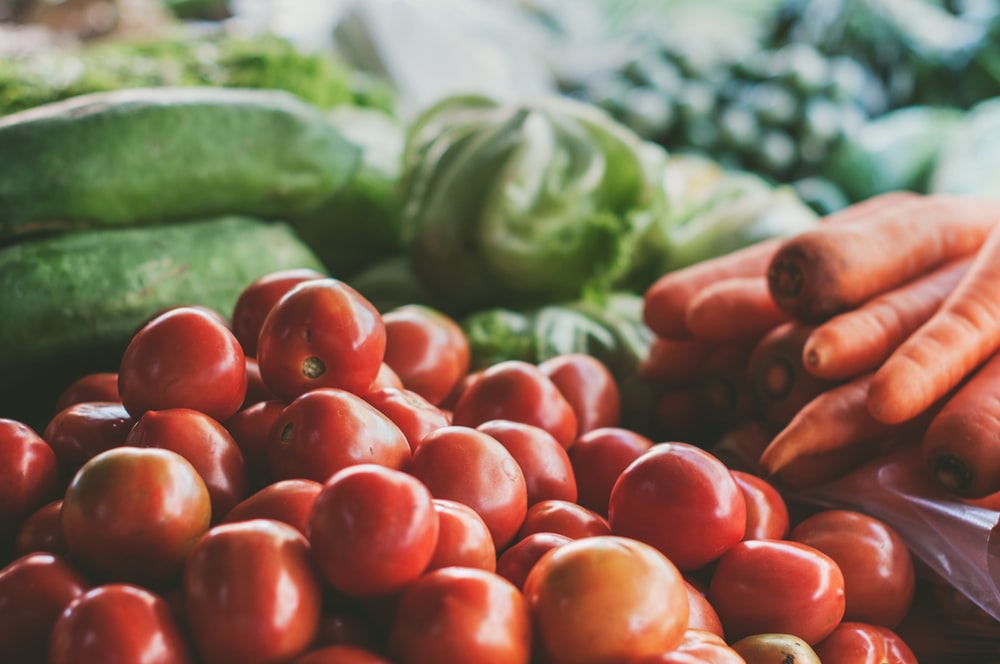How Much Fiber Per Day? 3 Ways to Boost Your Intake
Most Americans are falling short on meeting their daily fiber intake. So, how many grams of fiber do you need per day? According to the Institute of Medicine, healthy women should aim to get about 25 grams of fiber per day, while men need roughly 38 grams. However, the average American is only consuming around 15 grams of fiber per day.
- What Happens if You Don’t Have Enough Fiber in Your Diet?
- Easy Ways to Boost Your Fiber Intake Daily
- The Difference Between Soluble and Insoluble Fiber
- Get Heart Healthy With Soluble Fiber
- How to Increase Your Daily Fiber Intake
What Happens if You Don’t Have Enough Fiber in Your Diet?
Fiber is important in an overall healthy diet because it promotes optimal digestion and gut health, leading to bowel regularity. Lack of fiber in one’s diet has been associated with many common chronic conditions such as constipation, obesity, heart disease, type 2 diabetes, and inflammation. A high fiber eating plan full of whole grains, fruits, vegetables, beans, peas, lentils, and nuts may help reduce the development of these chronic conditions and provide additional benefits with an extra boost of antioxidants and phytochemicals needed for an overall healthy eating pattern.
One possible reason you might not be meeting your fiber goals could be due to the popularity of diets like keto, Atkins or South Beach. These plans promote high fat, moderate protein, and low carbs. Being that the majority of fiber-rich food sources contain a good amount of complex carbs, it can be difficult to meet your fiber needs when following one of these diet plans. Another possible reason is that Americans are eating too many processed foods that are made of refined carbs that are stripped away from their natural fiber source. This is why it’s critical to read and understand food labels.
Easy Ways to Boost Your Fiber Intake Daily
If you’re looking to up your fiber in your diet, you need to know what to look for on the food label. Firstly, you can check the fiber content on the Nutrition Facts label. Secondly, for grain products, one of the first ingredients should come from a source of 100% whole grains. The best place to look for this is in the Food Ingredient List, not the front of the package where all the buzz words and marketing gimmicks are located. The front of the box is what the marketers want you to believe, but the Nutritional Facts Panel and the Ingredient List show what’s really in the product.

Whole grains are made up of three components: the bran which contains the majority of the fiber, the germ where most of the nutrients are, and the endosperm, which is the starchy part that most refined carbs contain. During processing, refined carbs are stripped of their bran and germ, and are left with just the starchy endosperm. During processing, many food companies will add back the nutrients they removed in a process called “enrichment”. Many times, the enrichment process only adds back certain nutrients and not the original fiber, making it much less beneficial than it originally was. That’s why it is best to choose unrefined grains to get the most nutritional benefit of the food in its most natural state.
The Difference Between Soluble and Insoluble Fiber
There are two main types of fiber found in foods. Soluble fiber dissolves in water and helps form gel-like stools. Good sources include oats, beans, berries, apples, nuts, and seeds. Additionally, insoluble fiber, which means it does not dissolve in water and provides bulk and moisture to stools. Good sources include bran, brown rice, legumes, celery, dark greens leafy veggies, and cruciferous vegetables such as cabbage and broccoli. It’s best to include both types of fiber in your diet.
Get Heart Healthy With Soluble Fiber
Foods that are high in fiber can also help curb your appetite and make you feel full for longer. This is important for people trying to manage their weight. Fiber-rich foods tend to be low in fat and added sugars and can help prevent weight gain and promote weight loss by delivering fewer calories per bite.
In addition, as fibers absorb water from the digestive juices, they swell, creating feelings of fullness, lowering food intake, and delaying hunger. However, if you plan on adding more fiber to your diet, do so gradually to help avoid abdominal discomfort, excess gas and bloating by adding too much too soon. If you do find yourself bloated, then try some of these home remedies to relieve the symptoms.
How to Increase Your Daily Fiber Intake
To help prevent such complications, it is recommended to:
- Increase fiber intake gradually over several weeks to give your GI tract time to adjust and adapt.
- Drink plenty of fluids, water is best, to help soften the fiber as it moves through the GI tract.
- Select fiber-rich foods from a variety of sources that include both soluble fiber and insoluble fiber sources.
It is not difficult to meet the recommendations for fiber intake if you include a variety of whole, unprocessed foods in your diet regularly. By adding more plant-based foods, notably legumes, vegetables, fruits with skins, whole grains, nuts, and seeds, you can easily meet your needs. In addition, you will get more nutrients, control your appetite, and help stave off many chronic conditions.








